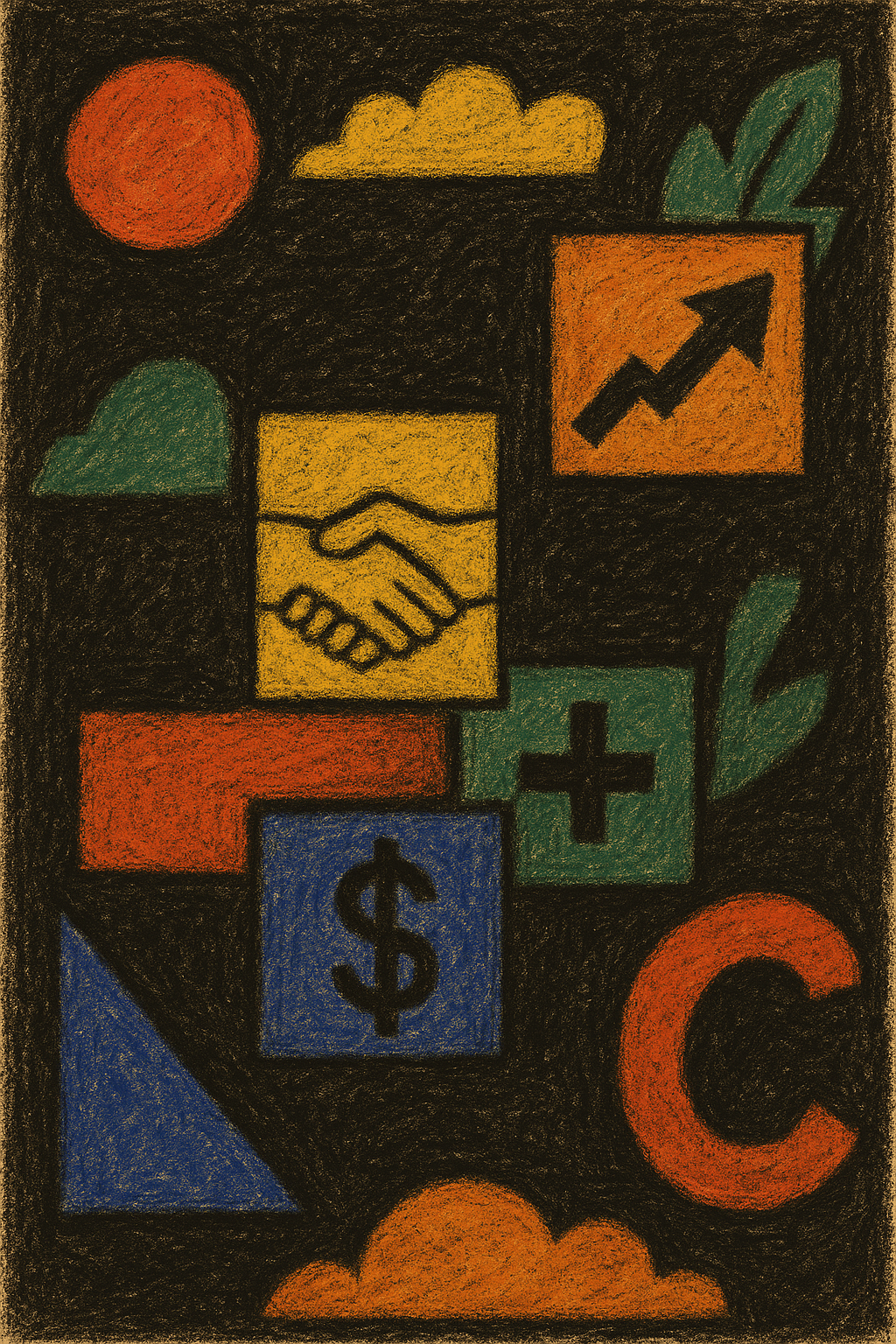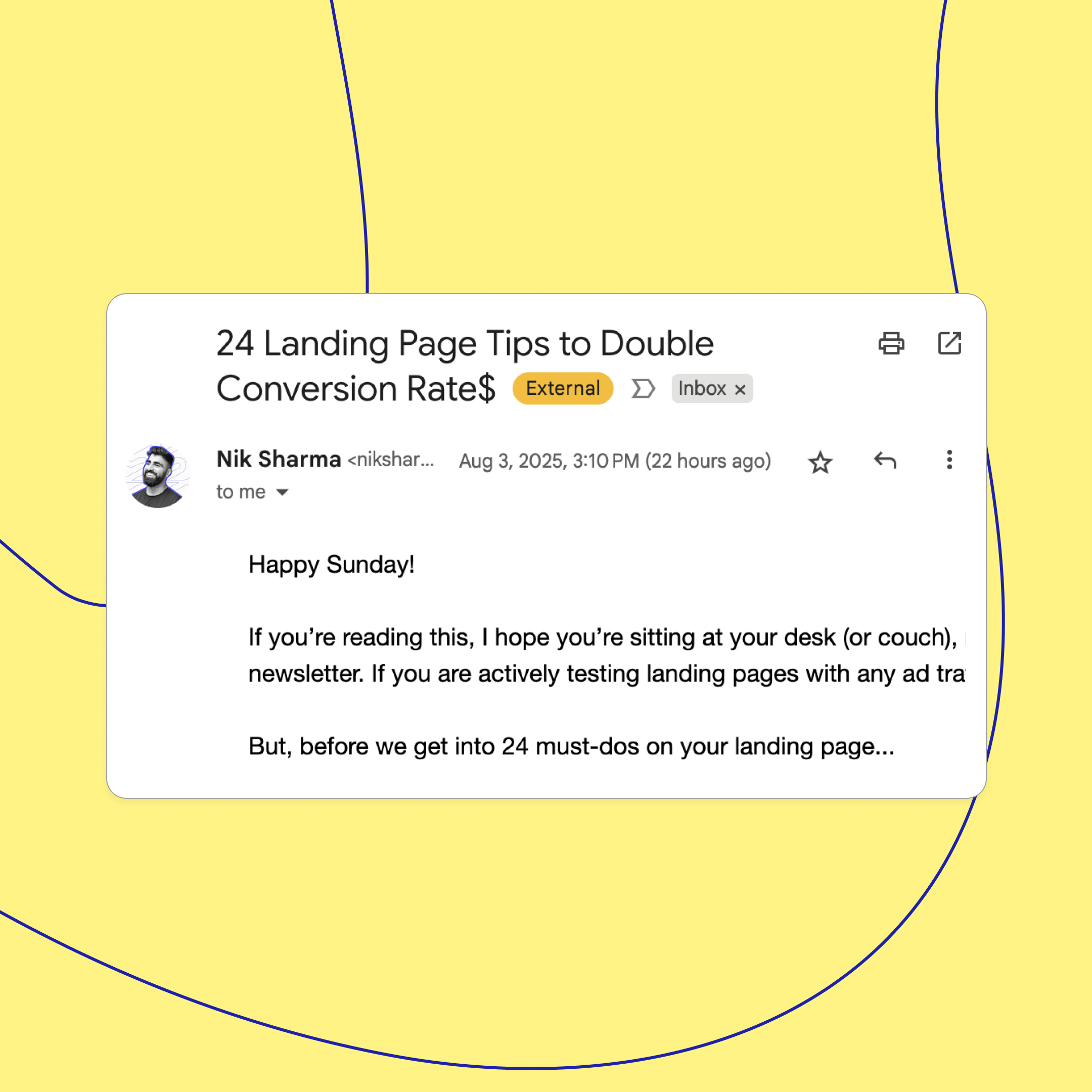It was just another Thursday morning for Leah, a scrappy marketing manager at a small but fast-growing baby formula company. She had her favorite mug (emblazoned with the phrase “Powered by Coffee & Optimism”) and a strong brew to kick off the day. There was only one thing on her mind: finding new ways to stand out in a noisy market—without blowing her quarterly budget in one fell swoop.
After her third sip, Leah scrolled through a lineup of social media stars and influencers, wincing at the skyrocketing collaboration fees she knows they charge. Her CFO’s warning echoed in her head: “Our influencer costs can’t keep doubling. Figure out how to make these partnerships more efficient.”
Yet the demand for top-tier influencer talent was still on the rise, and Leah wasn’t about to settle for less. That’s when she had an aha moment: what if she shared the cost of influencer partnerships with another brand? She thought about Elvie, the breast pump brand her friend raved about. Perhaps Elvie was facing the same challenges. They catered to the exact same audience of new moms—just a different facet of the journey.
Suddenly, Leah saw the bigger picture: brands in adjacent niches were beginning to collaborate, and there was proof it worked. She’d read about Bobbi (a baby formula brand) teaming up with Elvie for a co-branded campaign, positioning themselves as the ultimate “feeding and pumping” dream team. It was cost-effective, accessible, and it told a more compelling, authentic story.
This is a fictional narration of course, but the reality of it is as true as ever with Bobbi and Elvie having recently announce their team up: https://news.hibobbie.com/press/infant-formula-company-bobbie-and-breast-pump-company-elvie-have-joined-forces-to-reinvent-the-retail-experience-for-modern-parents-by-normalizing-combo-feeding
The New Era of Brand Affiliation
The best talent comes at a price
Leah wasn’t alone in feeling the pinch; every brand from baby products to kitchenware was scrambling to find that perfect influencer who could speak directly to their audience. The cost of such endorsements was climbing faster than ever. The simple truth: great influencers know their worth, and brand managers are willing to pay for it.
Strategic Brand Alliances
The marketplace was responding to these skyrocketing fees. Companies realized that audiences crave contextual, lifestyle content. Instead of a forced spotlight, a “starter kit” approach—where multiple products are showcased in a cohesive, real-life scenario—felt more natural.
- Think of a parent’s feeding kit: the formula, the pump, the bottles, maybe even specialized cleaning or storage accessories.
- For a new runner: the shoes, the compression socks, and the nutrition gels all wrapped into one recommended “starter pack.”
- Powerful New Tools—Shopify Collective
As Leah continued her search, she discovered something called Shopify Collective. She learned it’s a growing platform enabling brands to share catalogs and cross-sell each other’s products directly on their own websites. If Elvie had the pump and her brand had the formula, they could each feature both products in a single, seamless shopping experience. And guess what? No complicated supply chain shuffle. It’s all integrated.
The Anatomy of a Brand Cartel
Leah’s mind lit up: Brand Cartels. The phrase itself sounded almost menacing, but really, it represented a new wave of collaboration—a collective approach that pushes beyond old-school affiliate marketing. In this model:
- Multiple brands combine budgets to hire (and do right by) talented influencers.
- Campaign content shows the full “lifestyle” solution, not a single product.
- Shopify Collective keeps the logistics simple, with integrated catalogs and co-selling right on each brand’s site.
- CreatorCommerce (or similar platforms) makes it easy to spin up custom landing pages for each influencer to display this “bundle of brands.”
By pooling resources, these collaborations could produce higher-quality, more engaging campaigns. The influencer’s audience sees a solution-based narrative: a new mom, for instance, demonstrating her entire feeding routine—from pumping to safe storage to formula prep—with ease and authenticity.
It’s a far cry from random #ad posts. It’s an immersive, problem-solving story.
Why This Matters for Conversion
A key insight clicked for Leah: authentic content leads to higher conversion rates (CVR). When a potential customer sees their real-life problem solved in a single cohesive package, they’re far more likely to tap “Buy.” Even if they only buy one item, they still enter the orbit of the other partnered brands, thanks to shared landing pages and cross-promotional links.
Moreover, brands in these collectives can share email opt-ins gathered during the joint campaigns, funneling new leads to each partner. Instead of each brand competing for attention and paying hefty fees in isolation, they can invest together to broaden their overall reach. In short, it’s a win-win scenario:
- Less friction for the customer.
- Better ROI for each brand.
- More creative freedom for the influencer.
Practical Applications: Starter Kits Galore
While Leah’s experience centers on the “feeding kit” for new moms, the possibilities expand far and wide:
- New Chefs
Imagine a co-branded campaign featuring a premium knife set, a cutting board brand, a gourmet spice line, and a cookware startup. Together, they can pitch the ultimate “Kitchen Starter Pack.” - DIY Enthusiasts
Brands specializing in tools, paint, and crafty organizational products team up to showcase a full-scale, easy DIY project. - New Runners
Sneakers, compression socks, hydration packs, and running nutrition? One influencer, multiple solutions.
Whenever an influencer can showcase all the essentials for a new hobby, lifestyle change, or life stage, the entire campaign feels more relevant and complete.
Putting the Puzzle Together
Leah took a final sip of her now-lukewarm coffee, her mind buzzing with inspiration. She reached for her laptop, ready to line up that next big influencer campaign. Her roadmap was clear:
- Reach out to complementary brands that share her audience.
- Propose a co-branded, “starter kit” concept that would solve a genuine lifestyle need for consumers.
- Integrate their products using Shopify Collective to streamline cross-selling.
- Craft a compelling narrative for influencers to share, complete with visually appealing content.
- Develop dedicated landing pages via CreatorCommerce (or a similar tool) to show off each brand in the campaign, with easy add-to-cart options.
The era of the “Brand Cartel” has begun. No more juggling separate affiliate deals, no more back-and-forth price haggling to secure a single influencer cameo. By forming alliances, brands can punch above their weight—reaching new markets and telling richer, more compelling stories.
For Leah, it isn’t just about saving money. It’s about forging genuine partnerships that make the customer’s life easier, forging a community of brands that stand together. And in a crowded digital landscape, that authenticity is precisely what stands out.
Final Word: We’re heading into a future where “bundling on steroids” is the norm—where your morning scroll might land you on an influencer’s page showcasing the entire journey of new parenthood, from feeding supplies to nursery décor, all in one curated collection. If your brand isn’t ready to form or join a cartel, you may find yourself scrambling for attention on an increasingly crowded stage. Embrace the power of collective marketing, and you just might change the game for your brand—and your customers—forever.





.png)





%201.png)
%201.png)
